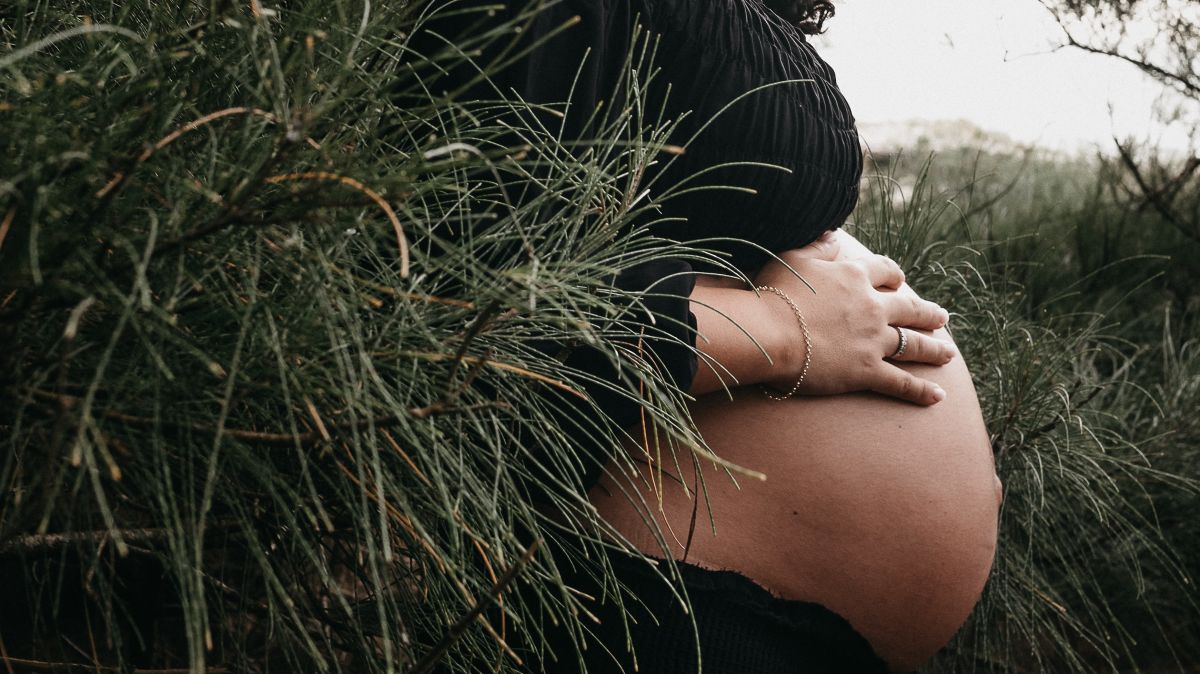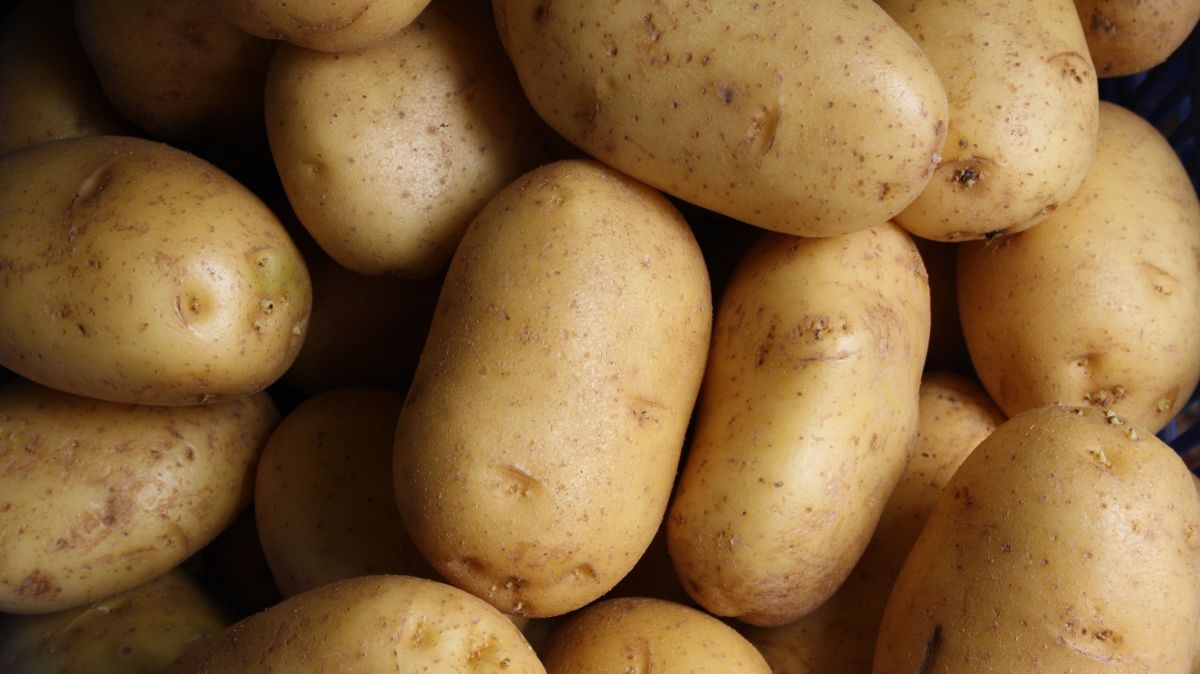Iron (and Anemia)

Iron-deficiency is the most common nutrient deficiency during pregnancy and iron supplementation is a common practice throughout the world.
Pregnant women require additional iron due to the significant rise in blood volume in the first trimester (iron’s main role) as well as for fetal growth and development throughout gestation.
However, the amount of additional iron needed by pregnant women is not completely agreed upon by international organizations; it is further debated whether all women should receive iron supplementation regardless of nutritional status, or only those considered to be deficient.
The average amount of iron in prenatal vitamins in the United States is assessed to cover more than a baseline requirement recommended per day for women not considered deficient by their health care provider (HCP).
For those who are deficient, there are several different options for supplementation; this information may be valuable for women who cannot tolerate iron supplementation in pill form.
Women routinely get their iron levels checked at their prenatal appointments, as anemia can occur early in pregnancy and without symptoms. Women who are concerned about their iron status during pregnancy should have a discussion with their HCP – to include any concerns they have about taking iron supplements if recommended.
*Iron supplements (and all medications) need to stay away from children as an accidental overdose of iron can be fatal.*
Background
Iron deficiency is the most common nutritional deficiency during pregnancy – occurring most often in the third trimester.
Iron is needed to make hemoglobin, a protein in red blood cells that helps carry oxygen throughout the body and remove carbon dioxide.
Iron is recycled and conserved by the body, and therefore iron loss is relatively uncommon except for during menstruation (and other bleeding) and pregnancy.
Pregnancy
Iron needs rise during pregnancy due to an increased demand for blood as well as fetal growth. Iron is also important for development of the fetal brain, central nervous system, and cognitive abilities of the newborn.

Blood volume increases early in pregnancy, with a total increase of up to 50% due to a surge in requirements for plasma and red blood cells (two components of blood).
In order to make these additional red blood cells, a pregnant woman requires more iron. Pregnancy causes a two- to three-fold increase in the requirement for iron, a 10- to 20-fold increase in folate, and a two-fold increase in the requirement for vitamin B12; all three nutrients are necessary for the production of hemoglobin (the iron containing part of red blood cells).
Pregnant women need – on average, depending on weight – approximately 1,000 to 1,200 milligrams (mg) of iron throughout the entire pregnancy. This includes 300 to 350 mg for the fetus (90 mg are present in the umbilical cord and the placenta), 500 mg for the expansion of the red blood cell mass, and approximately 250 mg due to blood loss during labor and delivery.
Of the amount of iron needed for the fetus and blood described above, almost all of it is used after mid-pregnancy, and it is theorized that few women have this amount of iron without supplementation. It is estimated the requirement for iron increases gradually from 0.8 mg per day in the first trimester to 7.5 mg per day in the third trimester.
Further illustrating the need for iron in the third trimester: Hepcidin, the major hormone that regulates iron homeostasis, prevents gut absorption of iron; hepcidin is nearly undetectable in late pregnancy, allowing full absorption of the nutrient.
Iron Deficiency and Anemia
The body stores excess iron as a reserve; when iron requirements are not met through diet, the body uses up the stored iron. If the stored iron runs empty, iron-deficiency anemia can result, and red blood cells can no longer efficiently carry oxygen throughout the body.
A woman’s risk for iron-deficiency anemia depends on the amount of iron stores in her body prior to and during early pregnancy. HCPs will look for two values when testing for iron levels in the blood – the iron an individual has in their blood, and the level that indicates iron stores.
It is possible to have empty iron stores, but just enough iron in the blood to keep hemoglobin levels normal. This is called latent (hidden) or non-anemic iron deficiency.
Anemia and low iron in general during pregnancy can cause fatigue (the most common), shortness of breath, restless leg syndrome, cardiovascular stress, higher risk of infection, pale skin and fingernails, dizziness, headache, difficulty maintaining body temperature, and potential heart failure when severe; a blood transfusion during/after delivery could also be necessary.

Pica may also develop but this is rare; pica is the strong desire to eat non-food items such as ice, paper, clay, or paint. However, pica can also cause anemia, and more research is needed regarding nutritional deficiencies and the development of pica, as this relationship in not fully understood – to include whether anemia is associated with craving/chewing ice.
Regarding the health of the fetus, there could be a reduced amount of amniotic fluid, an increased risk of miscarriage, preterm delivery, and/or low birth weight; the baby may also be born anemic.
An animal study published in October 2021 found that iron deficiency prior to pregnancy or at very early pregnancy could adversely impact placental development (illustrating the need to have iron levels checked by a HCP during a pre-conception appointment).
An animal study published in June 2021 identified early maternal iodine deficiency as an entirely new risk factor for congenital heart disease (CHD). Using mice, researchers were able to determine if the mother was severely iron deficient and anemic during early pregnancy, this greatly increased the risk her offspring would have congenital heart disease.
These same researchers were able to determine how maternal iodine deficiency could cause CHDs. Vitamin A (retinoic acid) in large quantities is a known teratogen (harmful to a fetus) and iron deficiency appeared to increase retinoic acid signaling. Iron deficiency can also lead to fetal tissue hypoxia (lack of oxygen) which could also lead to CHDs.
Note: While there is at least one human study linking maternal iodine deficiency and the risk of congenital heart defects, there is currently not enough evidence to routinely recommend iron supplementation for the prevention of CHDs, and research remains ongoing. Pregnant women, or those trying to conceive should not take iron supplementation for any reason without first speaking to their HCP.
The World Health Organization estimates the number of anemic pregnant women in the world is approximately 56 million; up to 45 million of those women have anemia caused by iron deficiency.
Anemia has causes other than iron deficiency, to include a shortage of folic acid, vitamin B12, or copper, all required for making red blood cells. Some women may be able to take supplements of either of these vitamins if iron supplements do not work or cause disabling side effects.
Rates of iron-deficiency anemia may be two to four times higher in twins than in women pregnant with one baby.

Supplementation
Due to the increased requirement for iron, it can be very difficult for some women to meet these needs through diet alone, and supplements are often recommended – a common practice throughout the world. However, guidelines of iron supplementation also vary widely across international health organizations:
The U.S. Centers for Disease Control and Prevention, the World Health Organization, and the Danish National Board of Health recommend a range of 27 to 50 mg/day regardless of iron status. Most prenatal vitamins in the United States have at least 27 mg.
In contrast, the U.S. Preventive Services Task Force and United Kingdom guidelines recommend supplementation only if a pregnant woman is shown to be anemic.
Some researchers argue that if a pregnant woman has normal iron levels, taking iron supplements as a precautionary measure probably has no benefits, and iron supplements do have side effects.
Studies have shown that supplements (even as low as 20 mg/day) may cause constipation, nausea, vomiting, diarrhea, and damage to the stomach lining, especially when taken on an empty stomach.
Pregnant women with iron-deficiency anemia may need to take 60 to 120 mg/day of iron. Note: There is increasing evidence that iron supplements may not need to be taken every day during pregnancy, and could be taken every other day. Women should talk to their HCP if they are experiencing intolerable side effects.
However, not all women experience side effects, even up to 105 mg/day. Therefore researchers note that women should not fear constipation or nausea from iron supplements and need to take supplements as prescribed since the benefits appear to outweigh possible risks. Women should talk to their HCPs if they desire to switch to other types of supplements instead of iron.
A study published in June 2021 indicated that IV iron preparations, including iron sucrose and ferric carboxymaltose, are the most effective at improving hemoglobin and iron stores. However, a separate study published in September 2021 indicated that IV and oral preparations are likely equally effective. Women should talk to their health care provider if they have any questions regarding the formulation of iron supplementation that may be best for them.
Absorption
Certain medications/foods can affect, and be affected by, iron intake:
It is often indicated that Vitamin C helps the body better absorb iron when taken/eaten at the same time as the iron source (i.e. an iron capsule with a glass of orange juice). However, a recent randomized clinical trial did NOT find this association and indicated that "vitamin C supplements are not essential to take along with oral iron supplements."
Vitamin A helps release iron from iron stores in the body and makes it more available for the body to use. It is possible that vitamin A taken with iron can improve iron’s absorption. However, this link is still being researched and women should not take vitamin A supplementation without talking to their HCP, as an excess of supplemental vitamin A can cause potential birth defects.

According to the 2020 UK guidelines on the management of iron deficiency in pregnancy, iron supplements should be taken on an empty stomach, with water or a source of vitamin C. Other medications, multivitamins and antacids should not be taken at the same time.
Levothyroxine – used to treat hypothyroidism, a common condition in pregnancy – can be significantly less effective if taken with iron supplements. It is recommended women avoid taking levothyroxine within 4 hours of iron supplements. Further, it is recommended levothyroxine is taken without food, while iron is absorbed better with food.
Tannins, located in both tea and coffee, can significantly decrease iron absorption by as much as 60% when consumed around the same time.
Toxicity
In supplemental form, severe overdoses of iron (thousands of mg at once) can lead to multisystem organ failure, coma, convulsions, and even death.
Like all medications, iron tablets should be kept out of children’s reach as an accidental overdose can be fatal.
The U.S. Food and Drug Administration currently requires that iron-containing dietary supplements sold in solid form carry the following label statement: “WARNING: Accidental overdose of iron-containing products is a leading cause of fatal poisoning in children under 6. Keep this product out of reach of children. In case of accidental overdose, call a doctor or poison control center immediately".
Adults with normal intestinal function have very little risk of iron toxicity from dietary sources of iron.
Food Sources
Good sources of iron include red meat, eggs, poultry, breakfast cereals, oysters, white beans, dark chocolate, lentils, spinach, tofu, kidney beans, chickpeas, tomatoes, beef, and potatoes.

There are two types of dietary iron: heme iron is only found in meat; non-heme iron is found in fruits, vegetables, and beans; heme iron is generally more easily absorbed than non-heme iron.
In the United States, Canada, and many other countries, wheat and other flours may be fortified with iron.
Action
Women who are concerned about their iron status during pregnancy should have a discussion with their HCP – to include any concerns they have about taking iron supplements should they be necessary.
Women currently taking iron supplementation and having trouble managing side effects should also speak to their HCP.
Iron supplements (and all medications) need to stay away from children; as an accidental overdose could be fatal.
Although vitamin A may help improve iron absorption, women should not take vitamin A supplementation without talking to their HCP, as an excess of could cause birth defects (vitamin A through food is not toxic).
Women should also consider sharing and submitting their experience below regarding anemia and iron supplementation during pregnancy.
Partner/Support
Partners/support should pay attention for any early signs of fatigue, paleness, dizziness, or any of the symptoms described above that could indicate iron deficiency in a pregnant woman. Partners may be able to notice these signs/symptoms even before the woman herself in some cases.
Anything a woman does not have to remember by herself is also helpful. Partners can remind women and help them manage the timing of supplements, medications, and food.
Partners/Support can also cook/prepare iron-rich foods occasionally, which may be better tolerated over supplements in women who need additional iron.
Resources
Iron-Deficiency Anemia (American Society of Hematology)
Iron-Deficiency Anemia (National Heart, Blood, and Lung Institute)